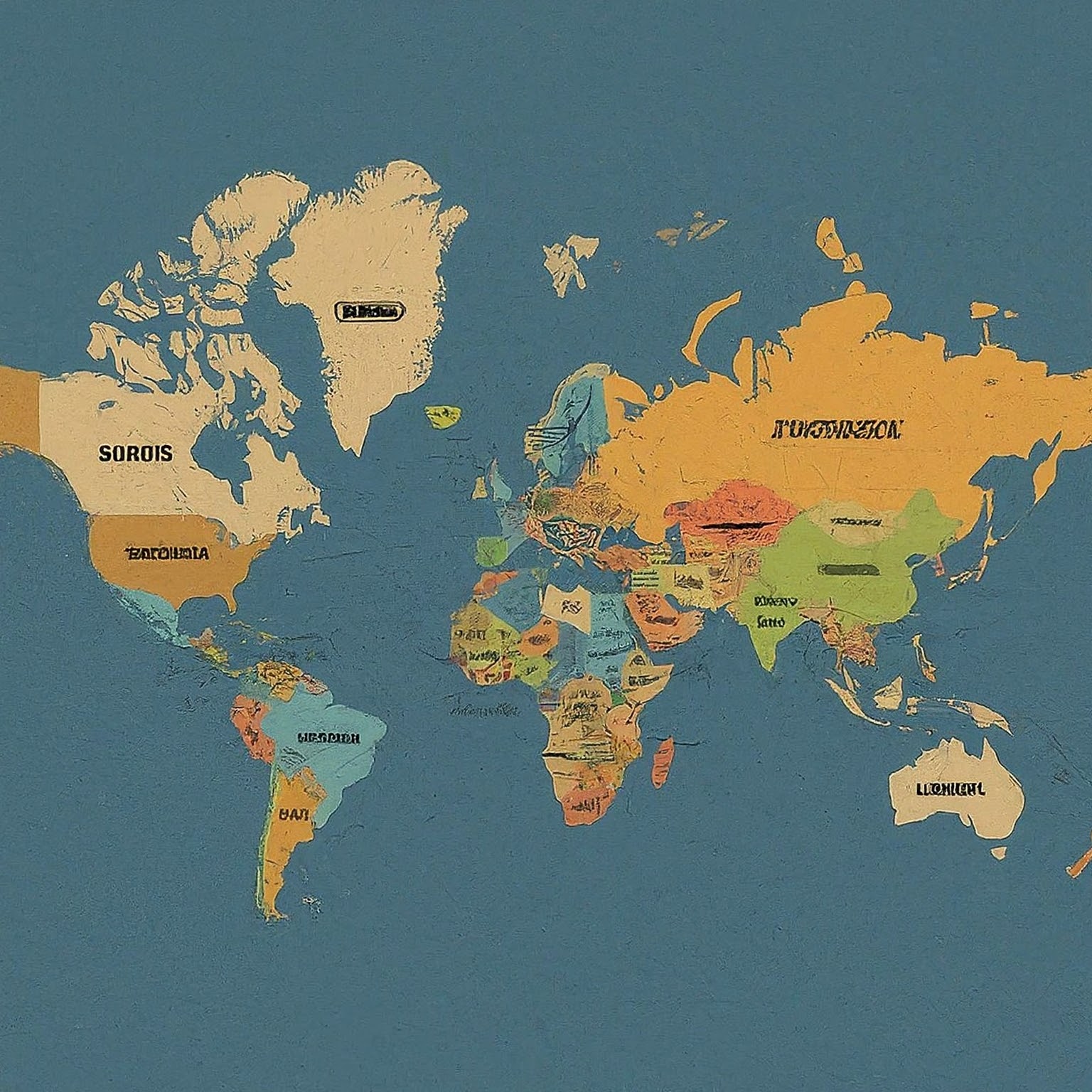The world is a vast and diverse tapestry of nations, each with its unique identity and culture. But for seamless communication and data exchange in today’s globalized era, a standardized system for identifying countries is essential. Enter the ISO 3166-1 country code, a seemingly simple yet powerful tool that underpins countless operations across various sectors.

Developed and maintained by the International Organization for Standardization (ISO), the ISO 3166-1 standard acts as the global authority for country codes. It defines three distinct code formats to represent countries and other geographical entities:
-
ISO 3166-1 alpha-2:
- These two-letter codes are widely recognized and used in various applications, such as country prefixes on phone numbers (US), top-level internet domains (.us for the United States), and data exchange protocols.
-
ISO 3166-1 alpha-3:
- Three-letter codes offer a more descriptive alternative, sometimes aligning better with country names (USA for the United States).
-
ISO 3166-1 numeric:
- A set of three-digit numeric codes provides another identification method, particularly useful in situations where alphabetic characters might be incompatible.
The ISO 3166-1 country code system offers a multitude of benefits:
-
Standardization:
- It ensures consistency in representing countries across different platforms and applications, eliminating confusion and errors.
-
Efficiency:
- Codes facilitate swift and accurate data processing, streamlining international trade, financial transactions, and travel documentation.
-
Universality:
- The system is recognized worldwide, fostering smooth communication and collaboration between countries and organizations.
Beyond just identifying countries, ISO 3166-1 codes also play a role in:
- Geolocation: They aid in pinpointing a user’s location or targeting content specific to a particular country.
- E-commerce: Codes help verify customer addresses and ensure compliant transactions during international online purchases.
- Statistics: They enable the compilation and analysis of data on a global scale, providing valuable insights for international organizations and research institutions.
In conclusion, the ISO 3166-1 country code system serves as a cornerstone for international communication and data exchange. This seemingly simple tool underpins countless operations in our interconnected world, fostering efficiency, accuracy, and a shared language for nations.